Filter by
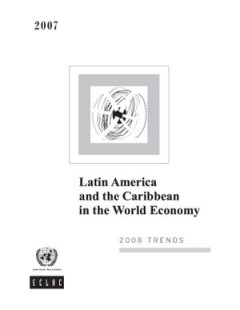
Latin America and the Caribbean in the World Economy 2007 : 2008 trends
This year's edition of Latin America and the Caribbean in the World Economy is divided into seven chapters. Chapter I contains an analysis of recent trends in the main industrialized and emerging economies and reviews the possible impact of the financial crisis that began in the United States on the world economy and on the economic and trade performance of Latin America and the Caribbean. The …
- Edition
- -
- ISBN/ISSN
- 9789211216769
- Collation
- -
- Series Title
- -
- Call Number
- 650
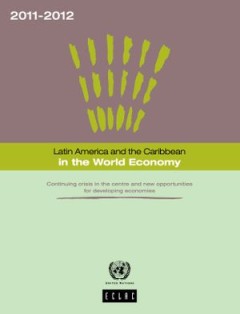
Latin America and the Caribbean in the World Economy 2011-2012 : Continuing c…
The 2011-2012 edition of Latin America and the Caribbean in the World Economy, which focuses on the theme of continuing crisis in the centre and new opportunities for developing economies, is divided into four chapters.
- Edition
- -
- ISBN/ISSN
- 9789212210636
- Collation
- -
- Series Title
- -
- Call Number
- 650
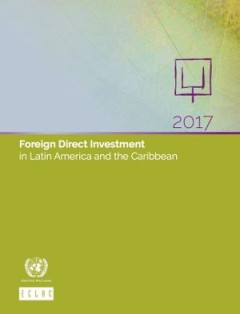
Foreign Direct Investment in Latin America and the Caribbean 2017
This publication sets out and analyses the main foreign direct investment (FDI) trends in the countries of Latin America and the Caribbean. The 2017 edition shows that the region is at a difficult juncture. FDI inflows declined by 7.9% in 2016, to US$ 167.043 billion, representing a cumulative fall of 17.0% since the peak in 2011. The fall in commodity prices continues to affect investments in …
- Edition
- -
- ISBN/ISSN
- 9789211219623
- Collation
- -
- Series Title
- -
- Call Number
- 650
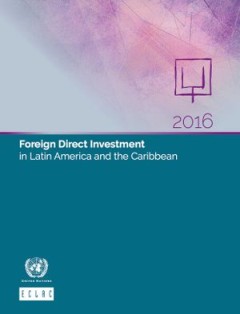
Foreign Direct Investment in Latin America and the Caribbean 2016
The 2016 version of Foreign Direct Investment in Latin America and the Caribbean is the most recent edition of an annual series published by the Unit on Investment and Corporate Strategies of the Division of Production, Productivity and Management of the Economic Commission for Latin America and the Caribbean (ECLAC).
- Edition
- -
- ISBN/ISSN
- 9789211219142
- Collation
- -
- Series Title
- -
- Call Number
- 650
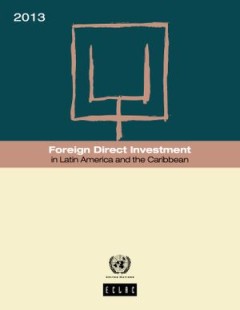
Foreign Direct Investment in Latin America and the Caribbean 2013
The 2014 edition of the Economic Survey of Latin America and the Caribbean consists of three parts. Part I considers the economic performance of the region in the first half-year as well as the outlook for the year as a whole, against the backdrop of a world economy marked by opportunities and setbacks. The causes of the modest economic growth forecast for the year are examined and attention is…
- Edition
- -
- ISBN/ISSN
- 9789211218596
- Collation
- -
- Series Title
- -
- Call Number
- 650

Foreign Direct Investment in Latin America and the Caribbean 2015
In its latest edition, the Foreign Direct Investment in Latin America and the Caribbean report analyzes in-depth the FDI received by the Caribbean, where these flows are much more significant than in the rest of the region as a proportion of Gross Domestic Product (GDP). The study also examines the impact of FDI on the environment, which has not been measured or regulated sufficiently by countr…
- Edition
- -
- ISBN/ISSN
- -
- Collation
- -
- Series Title
- -
- Call Number
- 650
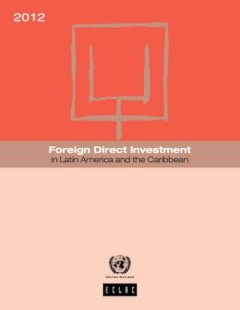
Foreign Direct Investment in Latin America and the Caribbean 2012
For the third year in a row, the countries of Latin America and the Caribbean continued to attract growing flows of foreign direct investment (FDI). The figures for 2012 were particularly significant because they were set in an international context of falling global FDI flows. The new increase in FDI posted brought the region's share of global FDI flows up to 12% in 2012. Economic growth in th…
- Edition
- -
- ISBN/ISSN
- 9789211218343
- Collation
- -
- Series Title
- -
- Call Number
- 650
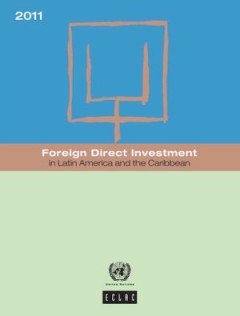
Foreign Direct Investment in Latin America and the Caribbean 2011
In 2010 the Latin American and Caribbean region showed great resilience to the international financial crisis and became the world region with the fastest-growing flows of both inward and outward foreign direct investment (FDI). FDI inflows were up by 40% with respect to 2009 and stood at a total of USUS$ 113 billion. Outflows increased almost fourfold to reach an all-time high of USUS$ 43 bill…
- Edition
- -
- ISBN/ISSN
- 9789212210605
- Collation
- -
- Series Title
- -
- Call Number
- 650
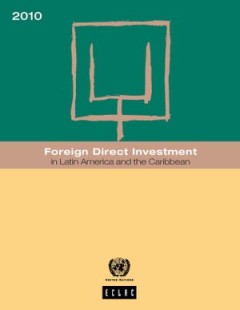
Foreign Direct Investment in Latin America and the Caribbean 2010
In 2010 the Latin American and Caribbean region showed great resilience to the international financial crisis and became the world region with the fastest-growing flows of both inward and outward foreign direct investment (FDI). FDI inflows were up by 40% with respect to 2009 and stood at a total of USUS$ 113 billion. Outflows increased almost fourfold to reach an all-time high of USUS$ 43 bill…
- Edition
- -
- ISBN/ISSN
- 9789211217599
- Collation
- -
- Series Title
- -
- Call Number
- 650
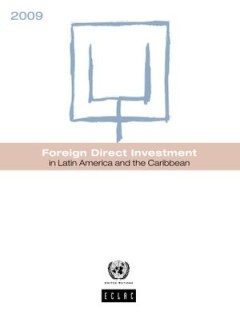
Foreign Direct Investment in Latin America and the Caribbean 2009
In 2009, the global economy experienced the fallout from the worst economic crisis since the Great Depression of the 1930s. Given the decline in output and in international trade in the world's largest economies, sharply lower foreign direct investment (FDI) flows were to be expected, as was the subsequent toll on the installation of new production capacity and on the technological modernizatio…
- Edition
- -
- ISBN/ISSN
- 9789211217384
- Collation
- -
- Series Title
- -
- Call Number
- 650
 Computer Science, Information & General Works
Computer Science, Information & General Works  Philosophy & Psychology
Philosophy & Psychology  Religion
Religion  Social Sciences
Social Sciences  Language
Language  Pure Science
Pure Science  Applied Sciences
Applied Sciences  Art & Recreation
Art & Recreation  Literature
Literature  History & Geography
History & Geography